|
Guanxi Old Street is a quiet historical street in Guanxi Township of Hsinchu County. You will not find long lines of people or food stalls here, but you will find a traditional morning market and century-old brick archways and covered walkways.
Background: The area around Guanxi has been inhabited by Ayatal aboriginal peoples for thousands of years, and currently, there are two aboriginal villages in the township. The first Han settlers to Guanxi arrived in 1751, including mostly Hakka people. By the 1800s, Guanxi had become an important agricultural area for tea, tomatoes, strawberries, oranges, and other agricultural products. A commercial district had appeared along Datong Road, including multiple shops. At the time, it was one of the most prosperous and busy areas in what is now Hsinchu County. Guanxi currently has a population of about 27,000 and it continues to drop each year. Hours: 24/7 Price: Free Tours: You can find more tours and activities in Hsinchu such as You can find more tours and activities in Hsinchu such as river tracing, wild hot springs, white water kayaking, backpack rafting, Little Ding Dong Theme Park, Leofoo Village Theme Park, Window on China Theme Park, glamping, camping, stone spa, horse riding, Yukids Island, Tom and Bei Bei Parent Child Paradise, bee keeping experience, cycling, dried persimmons experience, Jump Wave Trampoline Park and more on Klook here or KKday here. Where to stay: Most of the accommodation you will find is near the city center. If you will only visit downtown, you can consider a day trip from Taipei. We have stayed at and recommend the Golden Motel a high quality motel near Green Grass Lake (you can book on Agoda here, Booking.com here, Hotels.com here, Expedia here, or Trip.com here), and CD Motel, another high quality motel in downtown Hsinchu (you can book on Agoda here, Booking.com here, or Trip.com here). Unfortunately I cannot recommend any further hotels that I have stayed at in Hsinchu because usually we stay at my wife's uncle's house. You can find out where to stay in our Taiwan hotels guide or search for the best hotel deals in Taiwan here. You can also book Wifi and SIM cards for Taiwan on Gigago here. Need travel insurance? Compare prices on Insubuy here. Just to let you know, if you book using the links above, we get some commission at no cost to you, and you can help support our blog. You can click here to receive $5 USD on your first Klook purchase. How to get there: By car/scooter: From central Hsinchu, take provincial highway 1 north and turn west on Highway 118 in Zhubei. The old street is on the left of the main highway. There is free parking on the side of the road. If you are looking for car rentals in Hsinchu, you can also search Qeeq here, Klook here, or KKDay here. You can also check out our car rental guide here. Looking for scooter rental in Hsinchu? You can search Klook here or KKday here to look for options. You can also check out our scooter rental guide here. By bus: From Hsinchu Station, take bus 5619 to Guanxi Old Street. The old street is on the left of the main highway. There is free parking on the side of the road. You can book tickets to travel to Hsinchu via inter-city bus on Klook here. You can book tickets to Hsinchu via high speed rail (HSR) on Klook here or KKDay here. Book tickets via the normal train (TRA) on Klook here. By Bicycle: Cycling is the best way to enjoy Taiwan's landscapes if you have the time and energy. Looking for bicycle rentals in Taiwan? You can search on KKday here and Klook here. You can also check out our Taiwan cycling guide here. Map: Please see below:
0 Comments
Hello faithful fans of the Foreigners in Taiwan website and blog.
I have some happy news! Our Facebook Page which was recently hacked and stolen has been recovered! You can find our recovered page here: https://www.facebook.com/foreignersintaiwanblog. Please follow this new page to keep up to date with our blog, and share content to help promote the amazing free country of Taiwan to the world. In this blog, I will tell you how I was hacked so you can avoid the same problem, and protect your business and assets that use Facebook Pages. I will also show you how our page was recovered (hint, it was not by using another hacker, those are all scams) and give you some ideas and effective methods you can try. The recovery process took about four months total for me (first hacked on September 30th, 2022, recovered on January 29th, 2023).
Green World is an ecological farm in Beipu Township of Hsinchu County. It features over 70 hectares of open area, petting zoos, a reptile center, butterfly area, bird park, swan lake, and features animal shows. It is the largest and most diverse tropical rainforest ecological area in Asia and is definitely worth a trip.
Background: Green World Ecological Farm was established in 2004 and covers roughly 75 hectares of land, making it the largest and most diverse tropical rainforest ecological area in Asia. Over 50 hectares of land have been left as a nature preserve. The park features six main areas: swan lake, butterfly ecological park, discovery land area, bird ecological park, water plants park, and biodiversity adventure area. The park is popular with families and children and can get pretty packed on weekends and holidays. Price: 380 NT per person You can book discounted tickets to Green World on KKday here or Klook here. Hours: 8:30 AM to 5:30 PM Website: www.green-world.com.tw/en/about.php Tours: You can find more tours and activities in Hsinchu such as You can find more tours and activities in Hsinchu such as river tracing, wild hot springs, white water kayaking, backpack rafting, Little Ding Dong Theme Park, Leofoo Village Theme Park, Window on China Theme Park, glamping, camping, stone spa, horse riding, Yukids Island, Tom and Bei Bei Parent Child Paradise, bee keeping experience, cycling, dried persimmons experience, Jump Wave Trampoline Park and more on Klook here or KKday here. Where to stay: Most of the accommodation you will find is near the city center. If you will only visit downtown, you can consider a day trip from Taipei. We have stayed at and recommend the Golden Motel a high quality motel near Green Grass Lake (you can book on Agoda here, Booking.com here, Hotels.com here, Expedia here, or Trip.com here), and CD Motel, another high quality motel in downtown Hsinchu (you can book on Agoda here, Booking.com here, or Trip.com here). Unfortunately I cannot recommend any further hotels that I have stayed at in Hsinchu because usually we stay at my wife's uncle's house. You can find out where to stay in our Taiwan hotels guide or search for the best hotel deals in Taiwan here. You can also book Wifi and SIM cards for Taiwan on Gigago here. Need travel insurance? Compare prices on Insubuy here. Just to let you know, if you book using the links above, we get some commission at no cost to you, and you can help support our blog. You can click here to receive $5 USD on your first Klook purchase. How to get there: By Car/Scooter: From Zhudong, take provincial highway three south until you reach the signs for Green World. You have to drive down a mountain road to get there. Parking is paid, even if you park on the side of the road. If you are looking for car rentals in Hsinchu, you can also search Qeeq here, Klook here, or KKDay here. You can also check out our car rental guide here. Looking for scooter rental in Hsinchu? You can search Klook here or KKday here to look for options. You can also check out our scooter rental guide here. By Bus: Take bus 5608 from Hsinchu Station to Zhudong, then switch to bus 5626A which stops at Green World. The total bus journey takes about two hours. You can book tickets to travel to Hsinchu via inter-city bus on Klook here. You can book tickets to Hsinchu via high speed rail (HSR) on Klook here or KKDay here. Book tickets via the normal train (TRA) on Klook here. By Bicycle: Cycling is the best way to enjoy Taiwan's landscapes if you have the time and energy. Looking for bicycle rentals in Taiwan? You can search on KKday here and Klook here. You can also check out our Taiwan cycling guide here. Map: Please see below:
Hsinchu's Beimen Street is the oldest merchant street in Hsinchu, dating back to the Kindom of Tungming. Due to the completion of the railway and urban planning in the Japanese area, this street lost its importance, but many historical buildings here are still intact. It is one of the most impressive historical sites in Hsinchu and is worth a visit for anyone in the area.
Background: After the settlement of the area by Han Chinese farmers in about 1711 during the Kingdom of Tungming, what was then known as Zhuqianshe became the most important economic area in northern Taiwan. By 1723, a walled city was built here out of bamboo, because brick walls were forbidden for fear of a revolt against the Qing authorities. The name Zhuqiancheng (竹塹城) literally means bamboo moat city. The bamboo-walled city had four gates and its perimeter was about 1.4 KM long. In 1806, the city was upgraded with earthen walls. Beimen Street literally means North Gate Street, because it used to lead out to the north gate of the city, toward Bangka (modern Taipei), along the main road linking northern Taiwan. It was the most important economic area in Hsinchu until the end of the Qing Dynasty. Goods were brought from the old harbor to this street, where they were then distributed to other places nearby. Unfortunately, a fire took place here in 1901 which destroyed much of the original old wooden structures. After Japan took control of Taiwan, they created a new urban plan for the city. which moved the city center about 500 meters to the south around the East Gate. This along with the new Hsinchu TRA station meant that Beimen Street would gradually lose its economic importance. However many rich families still based their livelihood on this street, including the Beimen Gentry. There was also an incident during WWII when allied bombers attacked a mansion on the street, mistaking it for the Japanese governor's mansion. Hours: 24/7, but I recommend visiting at night when the night market it open. Price: Free Tours: You can find more tours and activities in Hsinchu such as You can find more tours and activities in Hsinchu such as river tracing, wild hot springs, white water kayaking, backpack rafting, Little Ding Dong Theme Park, Leofoo Village Theme Park, Window on China Theme Park, glamping, camping, stone spa, horse riding, Yukids Island, Tom and Bei Bei Parent Child Paradise, bee keeping experience, cycling, dried persimmons experience, Jump Wave Trampoline Park and more on Klook here or KKday here. Where to stay: Most of the accommodation you will find is near the city center. If you will only visit downtown, you can consider a day trip from Taipei. We have stayed at and recommend the Golden Motel a high quality motel near Green Grass Lake (you can book on Agoda here, Booking.com here, Hotels.com here, Expedia here, or Trip.com here), and CD Motel, another high quality motel in downtown Hsinchu (you can book on Agoda here, Booking.com here, or Trip.com here). Unfortunately I cannot recommend any further hotels that I have stayed at in Hsinchu because usually we stay at my wife's uncle's house. You can find out where to stay in our Taiwan hotels guide or search for the best hotel deals in Taiwan here. You can also book Wifi and SIM cards for Taiwan on Gigago here. Need travel insurance? Compare prices on Insubuy here. Just to let you know, if you book using the links above, we get some commission at no cost to you, and you can help support our blog. You can click here to receive $5 USD on your first Klook purchase. How to get there: The old street is within walking distance of Hsinchu TRA station. You can book tickets to travel to Hsinchu via inter-city bus on Klook here. You can book tickets to Hsinchu via high speed rail (HSR) on Klook here or KKDay here. Book tickets via the normal train (TRA) on Klook here. By Bicycle: Cycling is the best way to enjoy Taiwan's landscapes if you have the time and energy. Looking for bicycle rentals in Taiwan? You can search on KKday here and Klook here. You can also check out our Taiwan cycling guide here. If you are looking for car rentals in Hsinchu, you can also search Qeeq here, Klook here, or KKDay here. You can also check out our car rental guide here. Looking for scooter rental in Hsinchu? You can search Klook here or KKday here to look for options. You can also check out our scooter rental guide here. Map: Please see below:
So here I am during the work make-up day on a Saturday. This is a fair and legal day for every company in Taiwan to exploit their workers because we get a “make-up day off” next Friday as part of the Dragon Boat Festival. But it is a dated, backward, and unproductive practice, and part of a broken labor system that demoralizes an already tired workforce, and it should be dismantled.
所以我現在星期六的補班日上班,在台灣這是一個合法壓榨員工的方法,因爲我們將在下週五可以放一個延長的端午節連假,來完成“彌補休假”。 但這是一種落後,老派,沒有效率的做法。這個做法是一個破爛勞動制度,使已經疲憊的勞動力士氣低落,台灣應該早日把“補班補課”的制度廢除。 Demoralizing an already tired workforce 讓已經疲憊的勞動喪失志氣
The four furthest directional points in Taiwan are some of the most beautiful places in the country, and they should definitely be part of every Taiwan traveler's bucket list, or stops along your round-island trip. Each of them has a lighthouse, and all of them lie near the ocean.
The four furthest directional points in Taiwan are as follows: 1. Most Northern point: Fugui Cape Lighthouse, New Taipei (富貴角燈塔, 新北市, 台灣東北極點) 2. Most Eastern point: Sandiao Cape Lighthouse, New Taipei (三貂角燈塔, 新北市, 台灣東極點) 3. Most Southern Point, Eluanbi Lighthouse, Pingtung (鵝鑾鼻燈塔, 屏東, 台灣南極點) 4. Most Western points: Guosheng Lighthouse, Tainan (國聖燈塔, 台南, 台灣西極點). Please see below for a map of the four points:
Hsinchu City God Temple, or Chenghuang Temple, dates back to the Kingdom of Tungming and was built in the middle of the old bamboo-walled city of Zhuqian. Currently, it is the religious center of the city and also has its own night market. It is one of the most impressive historical sites in Hsinchu and is worth a visit for anyone in the area.
Background: After the settlement of the area by Han Chinese farmers in about 1711 during the Kingdom of Tungming, what was then known as Zhuqianshe became the most important economic area in northern Taiwan. By 1723, a walled city was built here out of bamboo, because brick walls were forbidden for fear of a revolt against the Qing authorities. The name Zhuqiancheng (竹塹城) literally means bamboo moat city. The bamboo-walled city had four gates and its perimeter was about 1.4 KM long. In 1806, the city was upgraded with earthen walls. In 1748, the Chenghuang City God temple was completed, being built in the center of the city. The temple was refurbished and restored in 1792, 1799, and 1924. In 1891, the Guangxu Emporer visited Taiwan and held a prayer meeting here. He left a plaque that still stands today which reads "Golden Gate Protection (金門保障)," which is meant that the temple would provide protection to the entire island of Taiwan. The temple also features six different halls. Parades and activities are held regularly at the temple. There is also a night market that surrounds the temple known as the Chenghuang Temple Night Market (新竹市城隍廟夜市). Hours: 24/7, but I recommend visiting at night when the night market is open. Price: Free Tours: You can find more tours and activities in Hsinchu such as You can find more tours and activities in Hsinchu such as river tracing, wild hot springs, white water kayaking, backpack rafting, Little Ding Dong Theme Park, Leofoo Village Theme Park, Window on China Theme Park, glamping, camping, stone spa, horse riding, Yukids Island, Tom and Bei Bei Parent Child Paradise, bee keeping experience, cycling, dried persimmons experience, Jump Wave Trampoline Park and more on Klook here or KKday here. Where to stay: Most of the accommodation you will find is near the city center. If you will only visit downtown, you can consider a day trip from Taipei. We have stayed at and recommend the Golden Motel a high quality motel near Green Grass Lake (you can book on Agoda here, Booking.com here, Hotels.com here, Expedia here, or Trip.com here), and CD Motel, another high quality motel in downtown Hsinchu (you can book on Agoda here, Booking.com here, or Trip.com here). Unfortunately I cannot recommend any further hotels that I have stayed at in Hsinchu because usually we stay at my wife's uncle's house. You can find out where to stay in our Taiwan hotels guide or search for the best hotel deals in Taiwan here. You can also book Wifi and SIM cards for Taiwan on Gigago here. Need travel insurance? Compare prices on Insubuy here. Just to let you know, if you book using the links above, we get some commission at no cost to you, and you can help support our blog. You can click here to receive $5 USD on your first Klook purchase. How to get there: The temple is within walking distance of Hsinchu TRA station. ou can book tickets to travel to Hsinchu via inter-city bus on Klook here. You can book tickets to Hsinchu via high speed rail (HSR) on Klook here or KKDay here. Book tickets via the normal train (TRA) on Klook here. By Bicycle: Cycling is the best way to enjoy Taiwan's landscapes if you have the time and energy. Looking for bicycle rentals in Taiwan? You can search on KKday here and Klook here. You can also check out our Taiwan cycling guide here. If you are looking for car rentals in Hsinchu, you can also search Qeeq here, Klook here, or KKDay here. You can also check out our car rental guide here. Looking for scooter rental in Hsinchu? You can search Klook here or KKday here to look for options. You can also check out our scooter rental guide here. Map: Please see below: |
Author 作家I am an American expat who has extensive experience living, working, and traveling in Taiwan. In my day, I had to learn many things about Taiwan the hard way. But I have come to learn that Taiwan is one of the best places in the world for Foreigners to live. This blog does not represent the opinions of every foreigner in Taiwan. I am just trying to help others learn more about this beautiful country. Categories
|


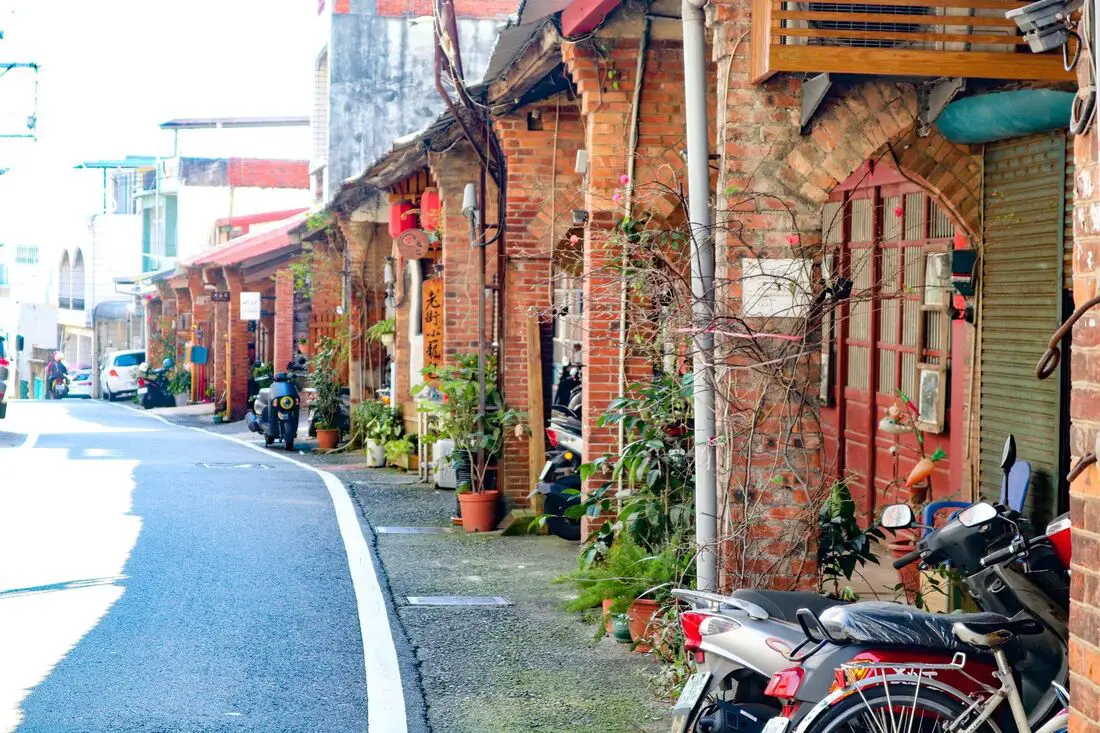
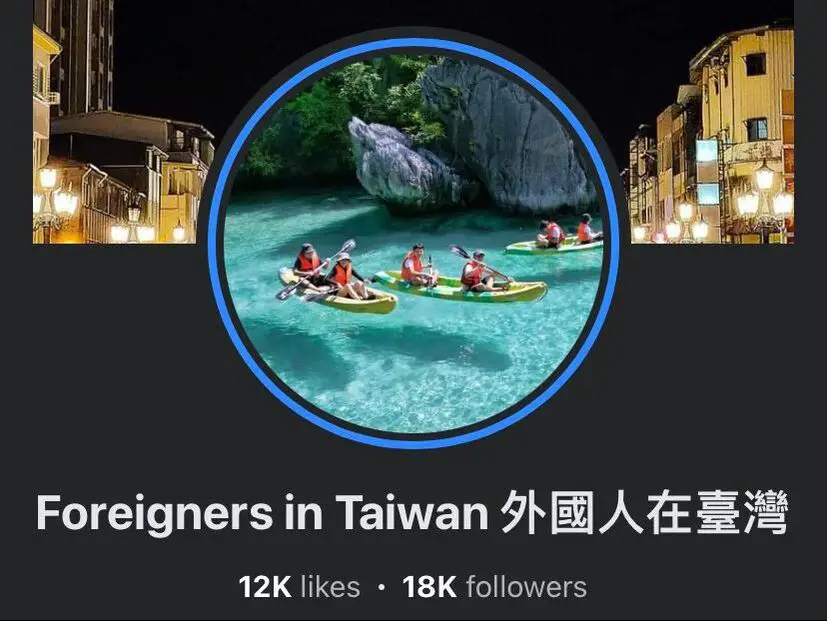
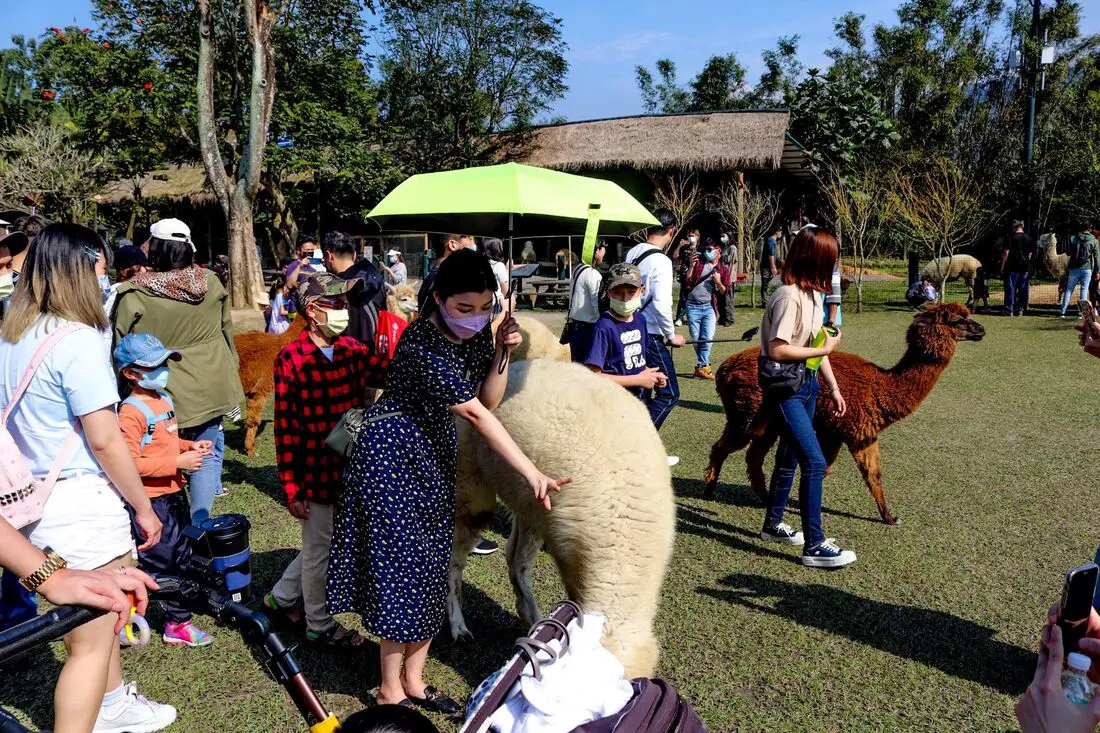
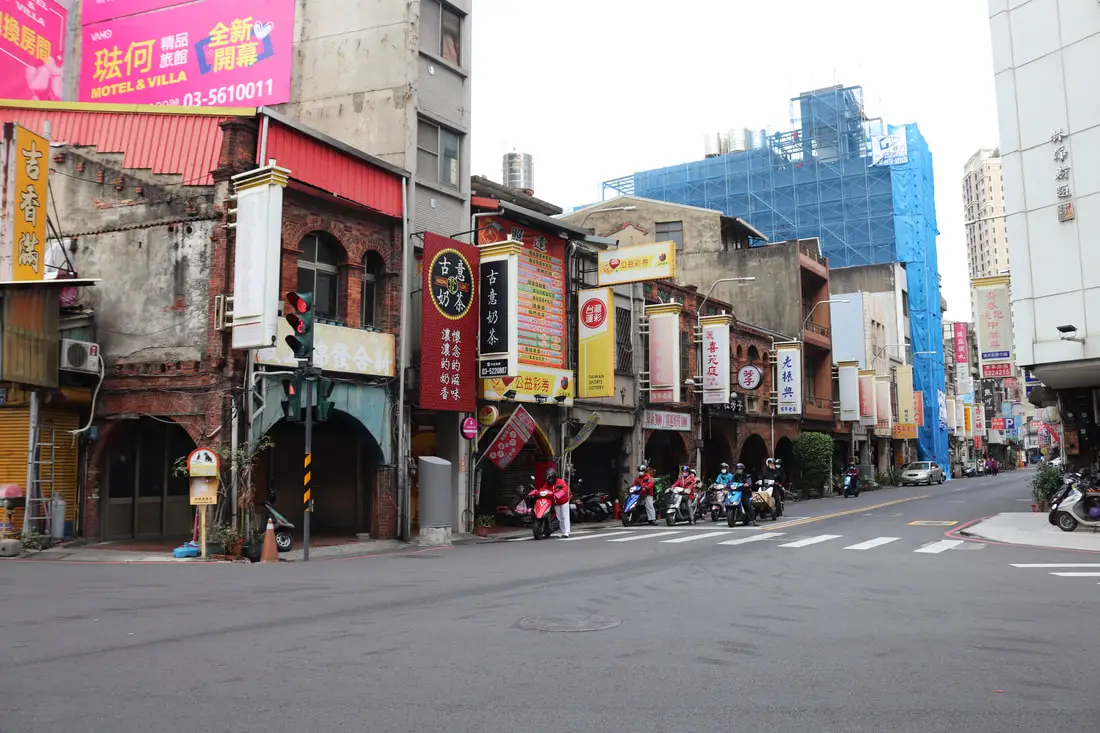

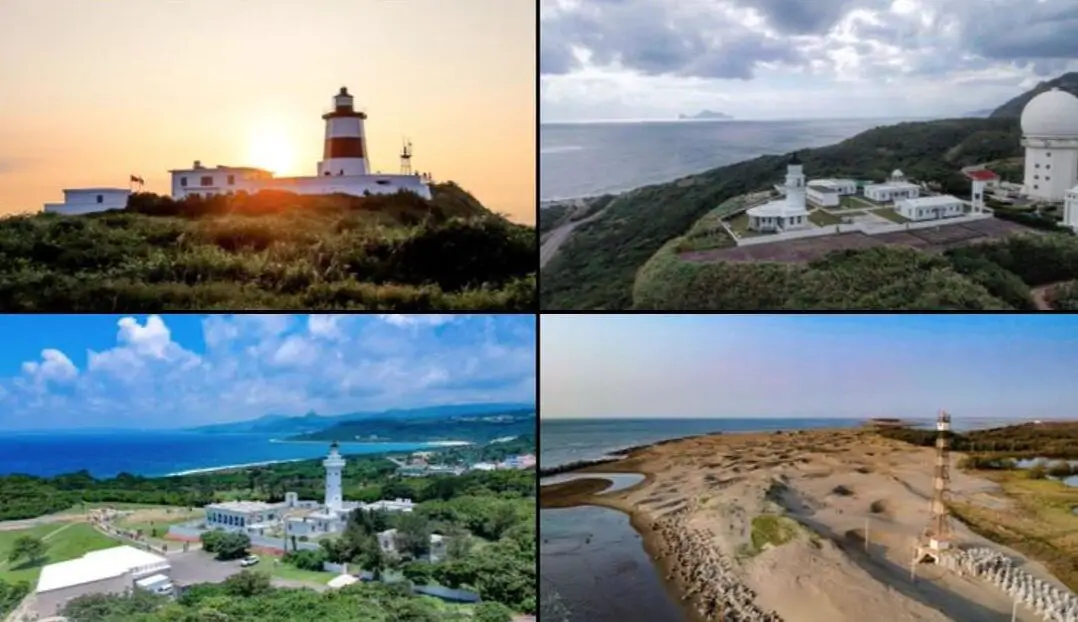
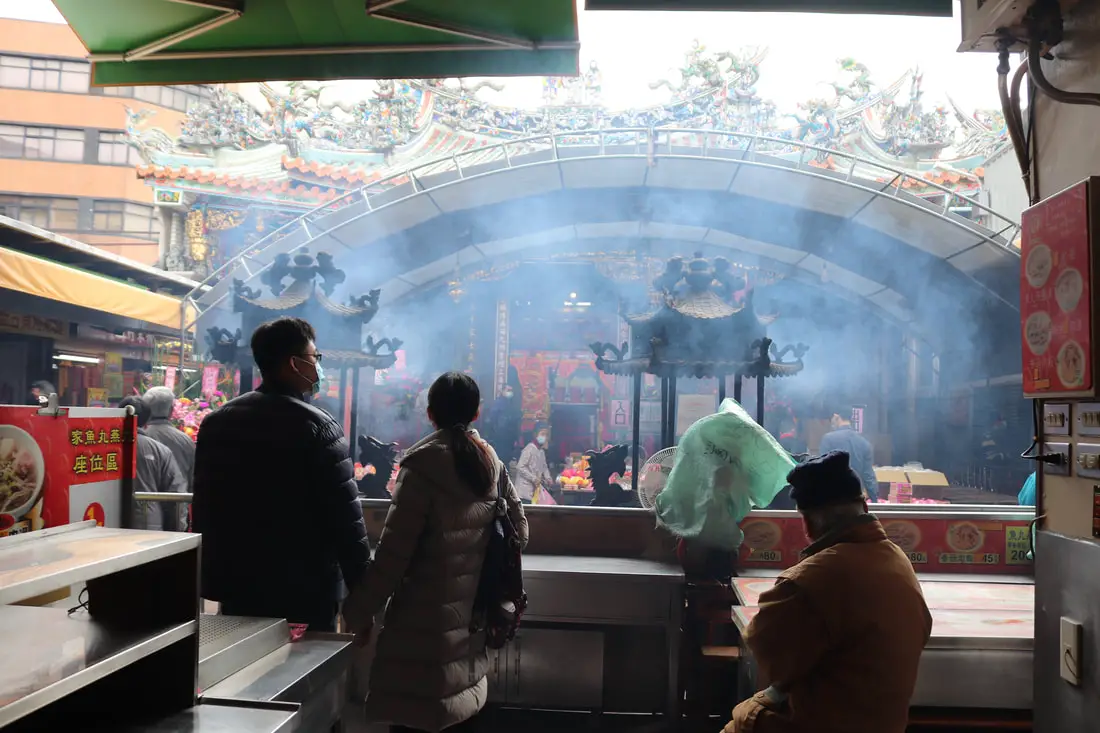
 RSS Feed
RSS Feed
